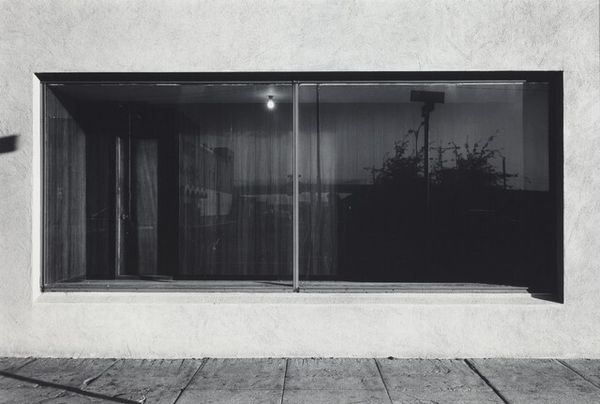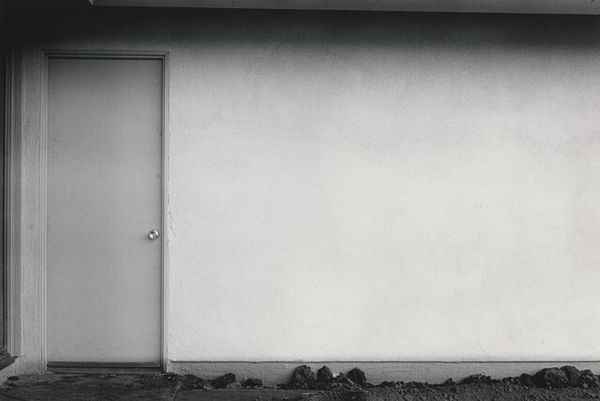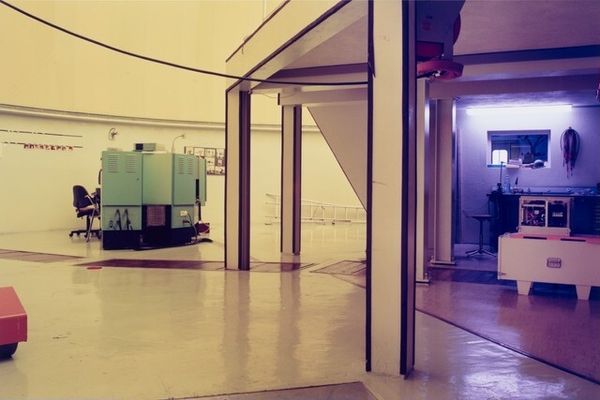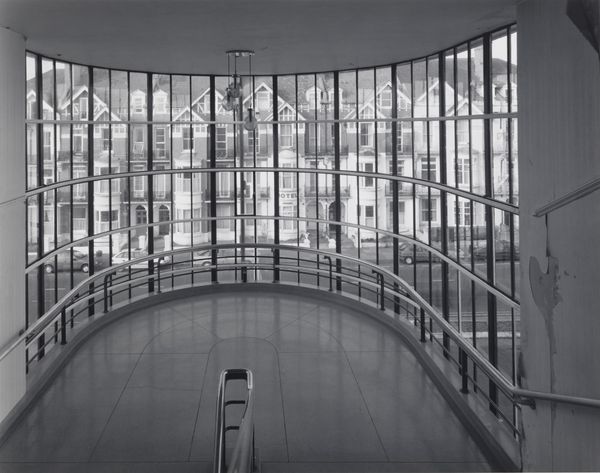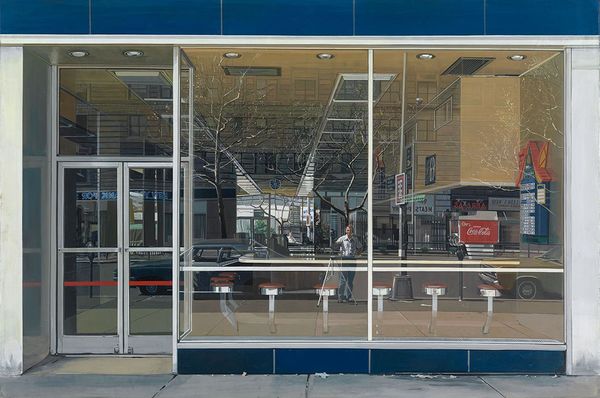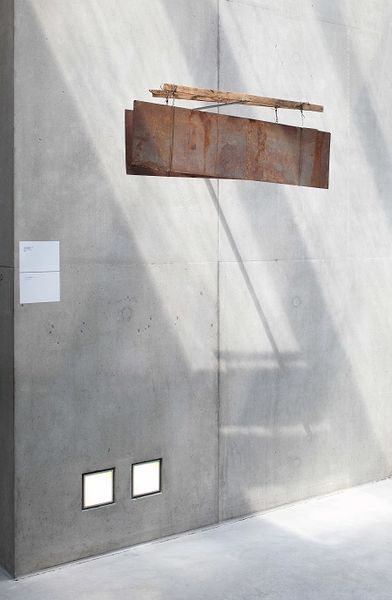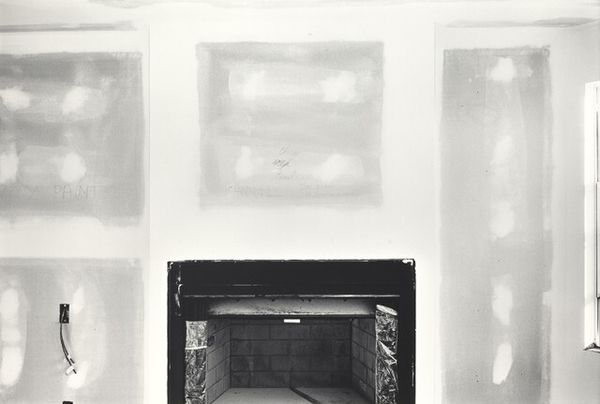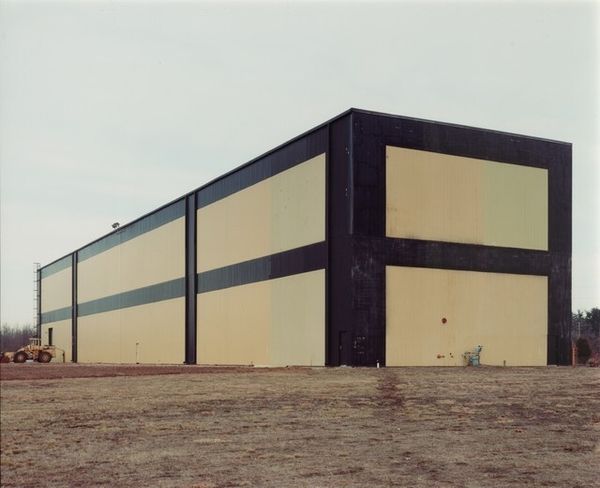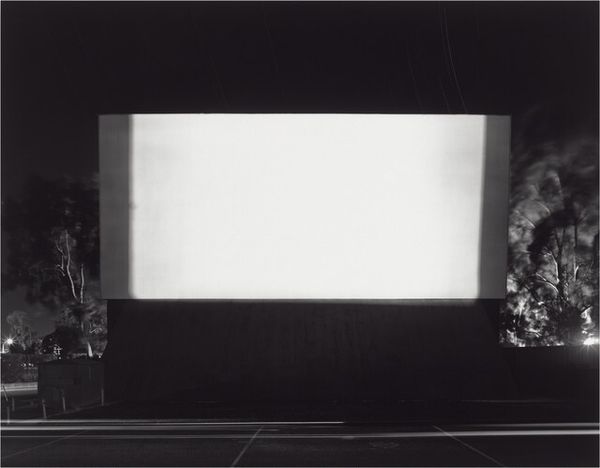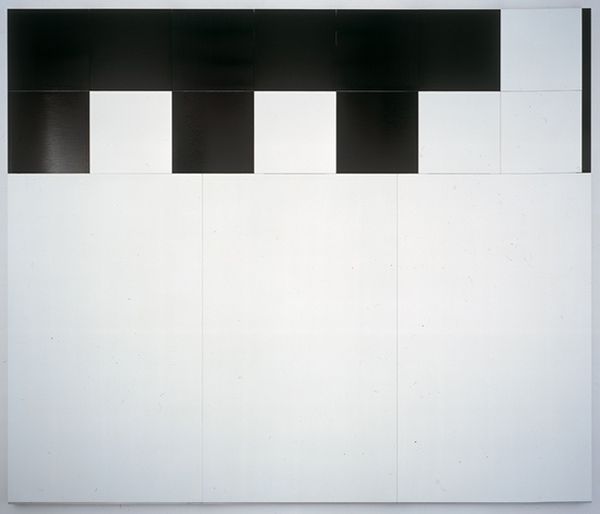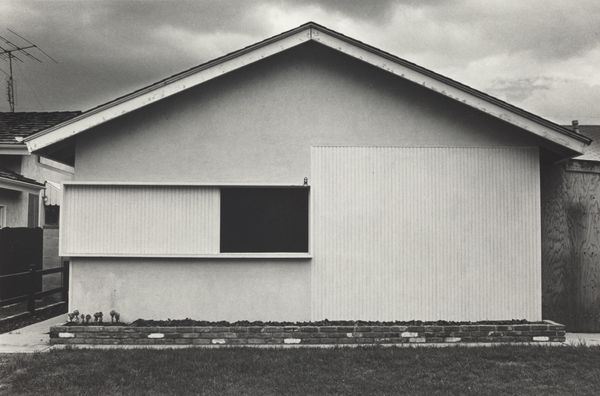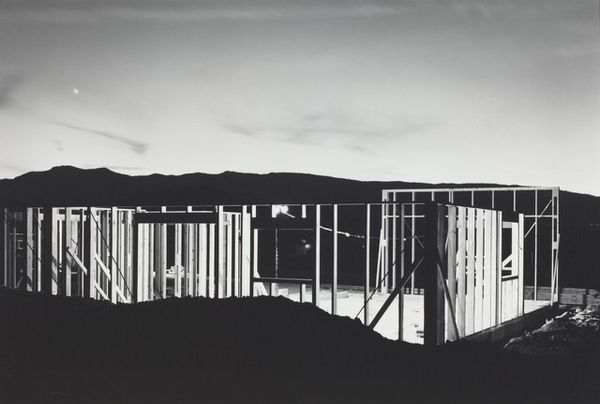
Dimensions: image: 1290 x 2425 mm
Copyright: © DACS, 2014 | CC-BY-NC-ND 4.0 DEED, Photo: Tate
Editor: This is Thomas Ruff's photograph, "Goetz Collection." It seems like a straightforward architectural study. What's fascinating is its almost clinical detachment. What do you see in this image beyond the building itself? Curator: It's a building, yes, but also a statement about institutional power. Photography, like architecture, is never neutral. Ruff's deadpan style questions the authority often associated with architectural photography and the institutions they represent. Notice the lack of human presence; what does that absence signify? Editor: So, you're saying it's not just about the building, but about the power structures it represents and how photography can either reinforce or question those structures? Curator: Precisely. And how the public's perception of these institutions is mediated through images like this. That cool detachment challenges us to think critically about what we're seeing and why. Editor: I never would have thought of it that way. It definitely gives me a new perspective on both the photograph and the building itself!
Comments
Join the conversation
Join millions of artists and users on Artera today and experience the ultimate creative platform.
tate 6 months ago
⋮
Goetz Collection is a large, horizontally oriented photograph depicting the building that houses the private collection of contemporary art of the same name located in Munich, Germany. The structure is shown from the front and fills most of the frame, with a stretch of pale blue sky visible above it and a band of green grass below it that extends into the foreground of the scene, while to the left and right of the building are clusters of tall trees. The muted grey and beige tones of the building’s stone and glass frontage are punctuated by two small windowed areas at the bottom left, through which can be seen a large bookshelf and a table and chairs. Tate’s version of this photograph is numbered three in an edition of four.
